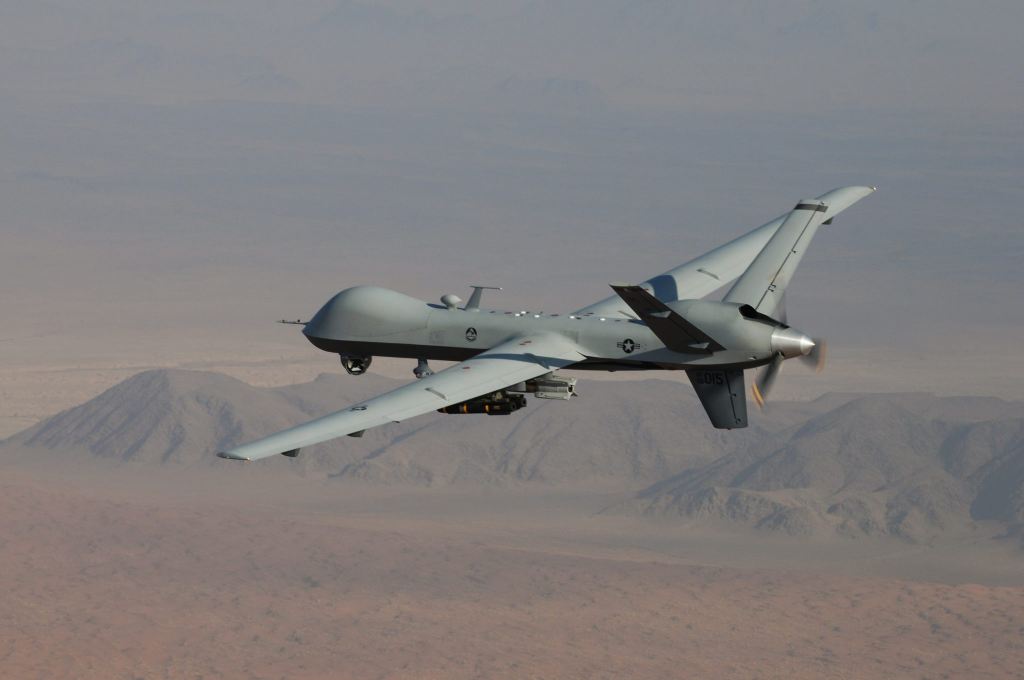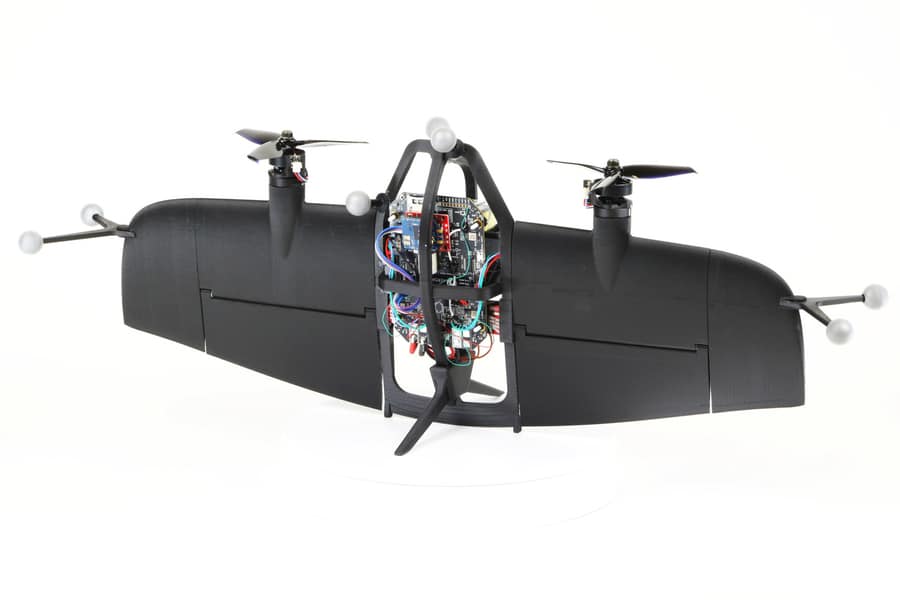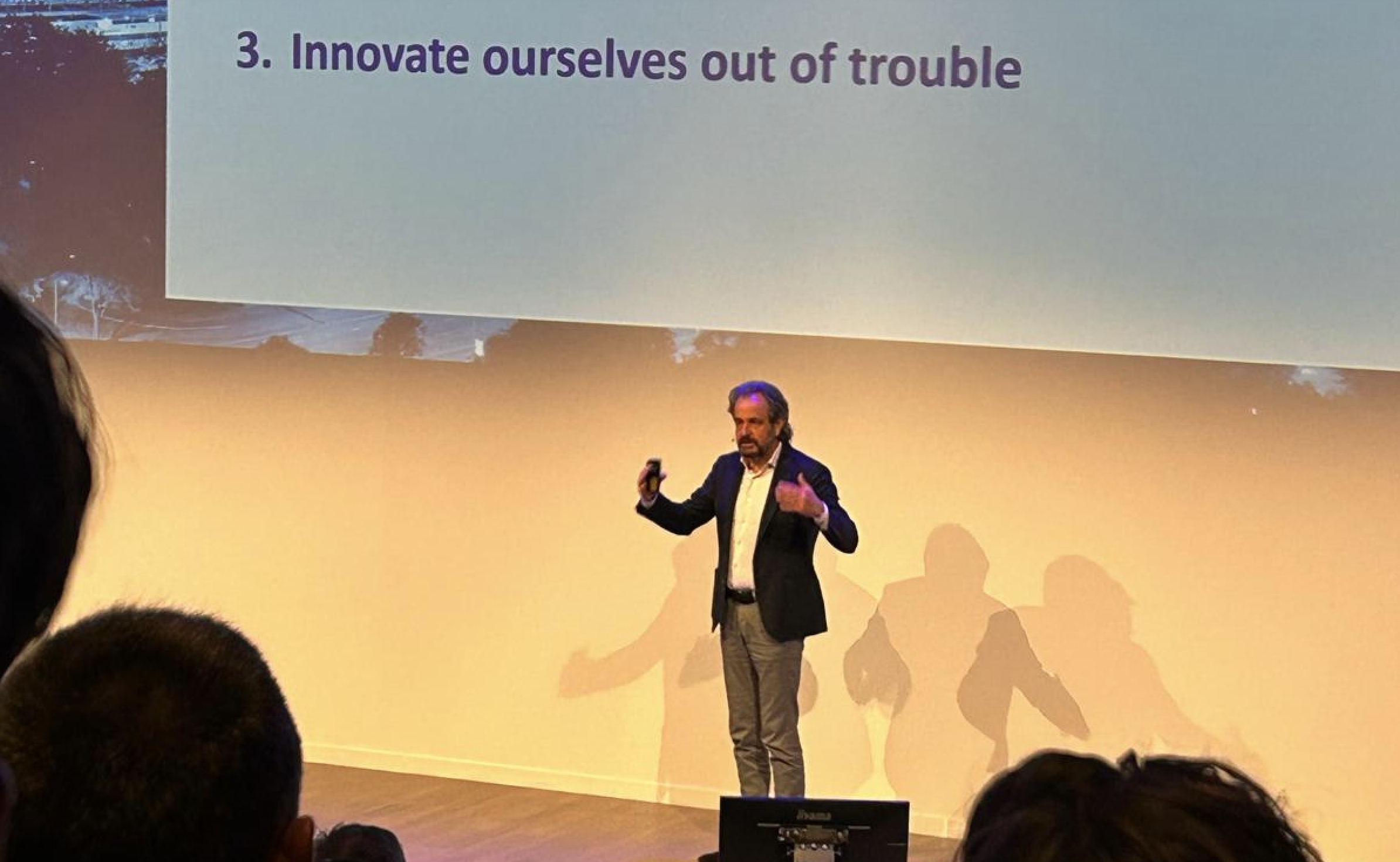
Chinese researchers have triumphed in drone technology, pioneering a technique to navigate drones without the use of GPS. Harnessing image-based visual servoing, they have engineered drones capable of targeting even rapidly moving objects in GPS-denied environments. The principles of this technology, though known since the 1980s, have been brought to the fore with advancements in computer processing, algorithms, and camera sensors. This breakthrough highlights the rising importance of artificial intelligence and autonomy in drone operations.
- Chinese researchers have pioneered a new technique to navigate drones without GPS using image-based visual servoing.
- The breakthrough demonstrates China’s advancing drone capabilities and their strategy to showcase technological prowess.
- With applications in search/rescue and military conflicts, the research highlights the growing need for efficient algorithms that enable drones to execute missions quickly with limited battery capacity
Image-based visual servoing: A turning point
Image-based visual servoing (IBVS) is not a novelty in the world of robotics. Back in the 1980s, robots began using camera data to target objects, albeit with far less sophistication than we see today. The principle behind IBVS is simple but powerful: it uses images obtained in real-time from a camera to control the movement of a robot. The Chinese researchers’ innovative approach has given IBVS a fresh lease of life, particularly in the drone sector.
With improvements in computer processing, algorithms, and camera sensors, drones can now effectively “see” and perform complex tasks, such as locking onto swiftly moving targets. Much like a game of table tennis, the drone adjusts its position based on the perceived trajectory and speed of the targeted object. The real triumph of this research, however, lies in its application: the use of drones in GPS-denied environments.
Drones in GPS-denied environments
GPS-denied environments pose a significant challenge to conventional drone operations. These scenarios often occur in military conflicts, where adversaries employ sophisticated electromagnetic jamming capabilities to disrupt GPS signals. In such circumstances, the new method of drone control proposed by the Chinese researchers is not only relevant but crucial.

Their breakthrough demonstrates a growing reliance on artificial intelligence and autonomy in drones for target acquisition and destruction. The Chinese government’s decision to publish the research further underscores the significance of this technology. It suggests a conscious strategy to showcase China’s technological prowess and the potential value of their weaponry to prospective buyers.
Purposeful autonomy: The future of drone tech
As Peter Singer, a strategist at New America, suggests, the days of human-controlled drones using unchallenged control signals and easy access to GPS are numbered. The increasing prevalence of advanced hacking and jamming techniques necessitates the use of artificial intelligence and autonomy in drones. This shift in drone control methods is not just a response to military conflict, but a proactive approach towards long-term autonomy in various real-world applications of aerial robotics.

From search and rescue missions in underground mines to monitoring victims trapped under collapsed buildings, the need for drones to execute missions quickly and efficiently is paramount. Considering the limited energy storage capacity and inefficiency of rechargeable batteries, drones must utilise the most efficient machine learning algorithms for perception, planning, and control tasks. The Chinese research serves this need, making a significant leap towards achieving long-term autonomy in aerial robotics.








